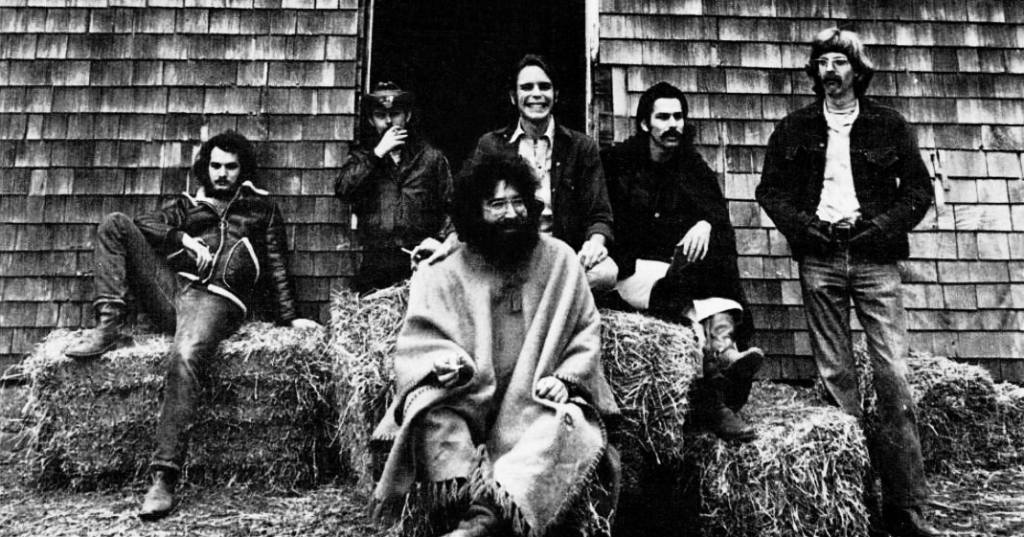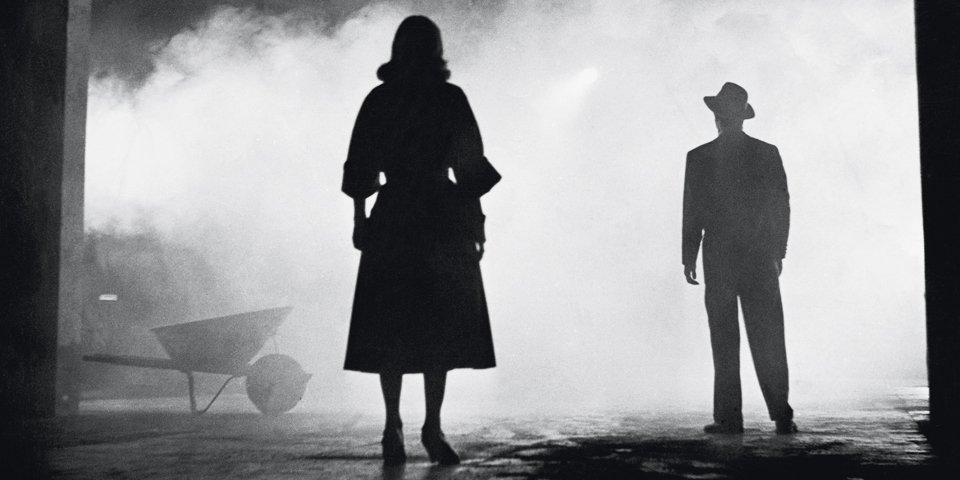Pliny the Younger may be best remembered for writing the only eye-witness account of the destruction of Pompeii in 79 AD. It’s a memorable letter still found in modern collections of Pliny the Younger’s correspondence. There, you can also find a simple letter authored by Pliny, one that reflects not on a shattering historical event, but rather something we can all relate to: the anger the author felt upon getting ghosted by a friend. To set the scene, Pliny had invited Septicius Clarus to join him for some food, wine, and conversation. But his friend never showed up, and so Pliny fired off a snub letter, which actor and comedian Rob Delaney reads above at a Letters Live event. You can follow along with the text below:
Shame on you! You promised to come to dinner, and you never came!
I’ll take you to court, and you will pay to the last penny for my losses, and quite a sum! Ready for each of us were a lettuce, three snails, and two eggs, barley water with honey wine cooled with snow (you must add the cost of snow as well, in fact the snow in particular, as it melts in the dish). There were olives, beetroot, gourds, onions, and countless other delicacies no less elegant. You would have heard performers of comedy, or a reader, or a lyre-player, or even all three, such is my generosity!
But you preferred to dine at some nobody’s house, enjoying oysters, sow’s tripe, sea urchins, and performing-girls from Cadiz. You’ll be punished for this, I won’t say how. What boorishness was this! You begrudged perhaps yourself, and certainly me – but yes, yourself as well. What joking and laughter and learning we would have enjoyed!
You can dine in many houses on more elaborate fare, but nowhere more genially, innocently, and unguardedly. Farewell!
In the end, Pliny forgave his friend. For Pliny dedicated the first of his letter to Septicius, stating: “You have constantly urged me to collect and publish the more highly finished of the letters that I may have written. I have made such a collection… I can only hope that you will not have cause to regret the advice you gave, and that I shall not repent having followed it.” You can read the collection online here.
Related Content
The Little-Known Bombing of Pompeii During World War II




